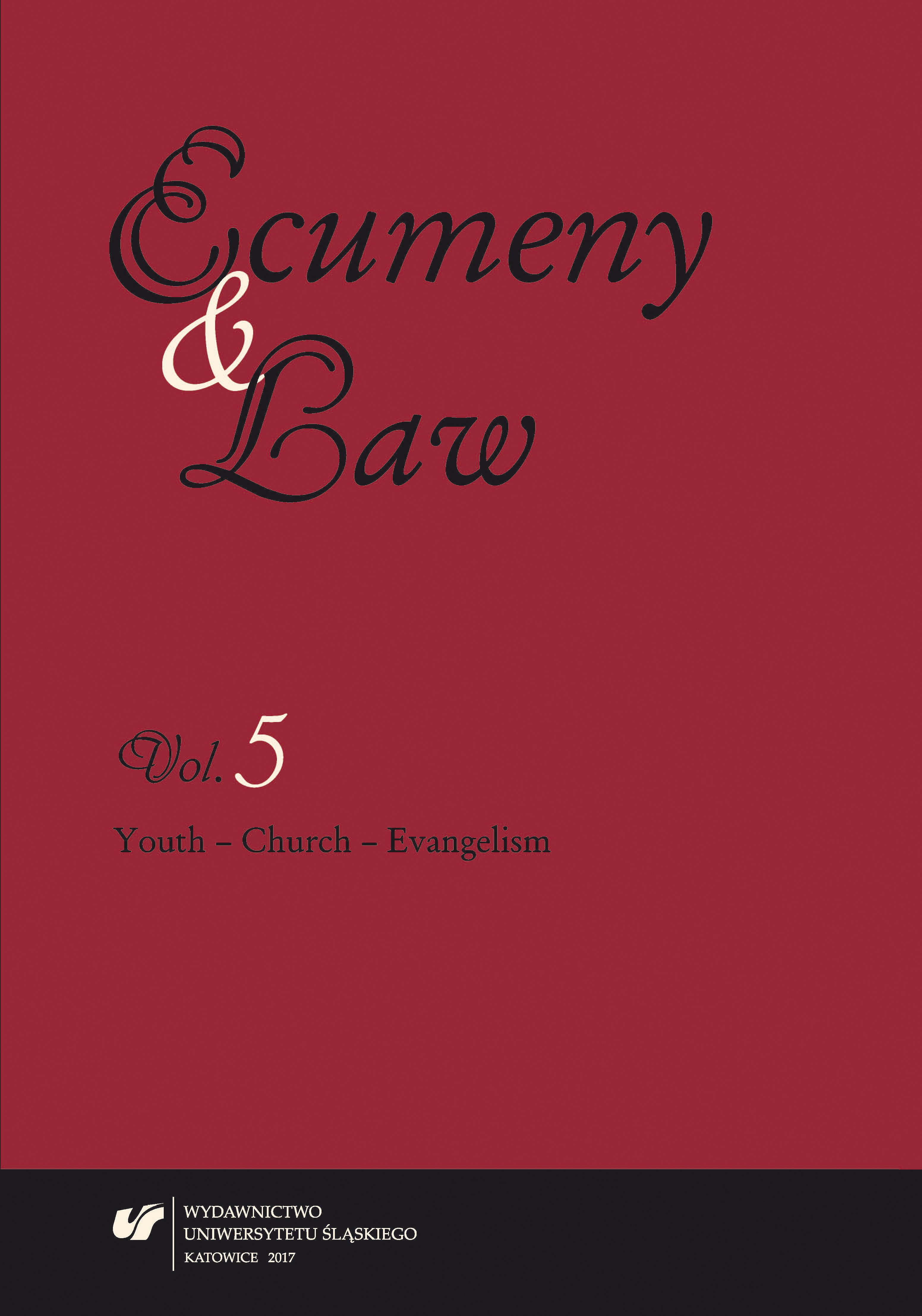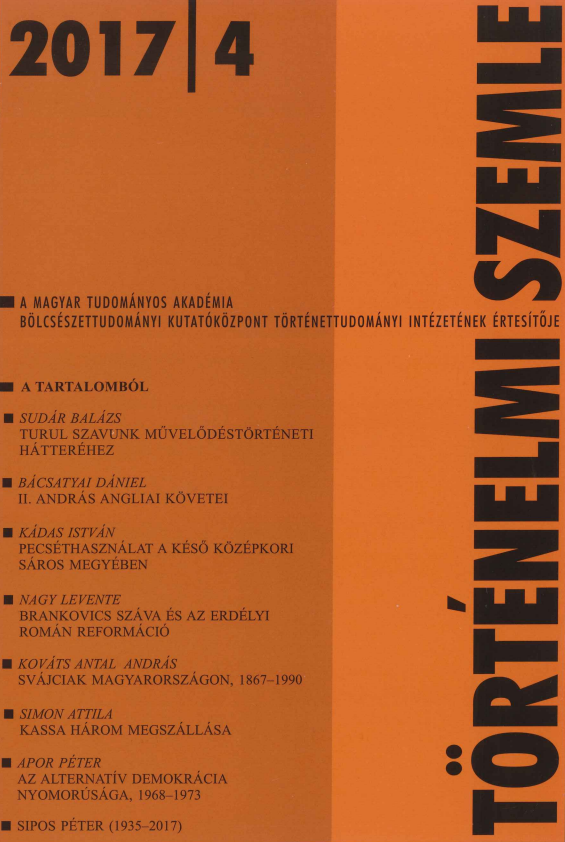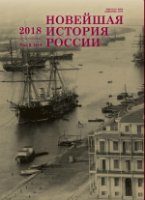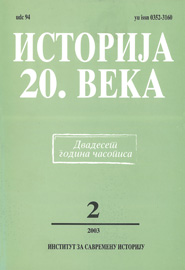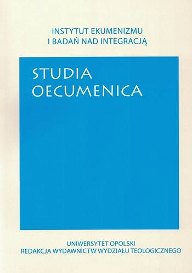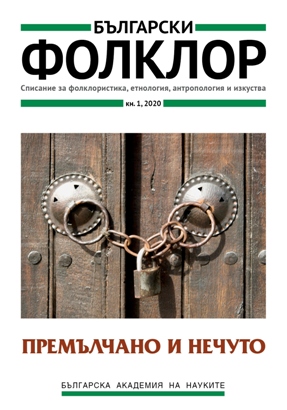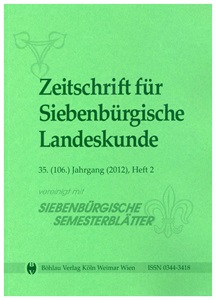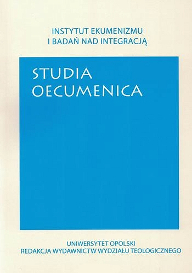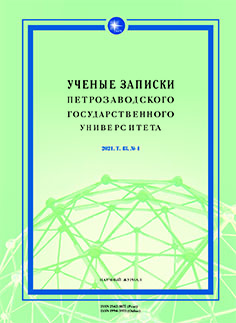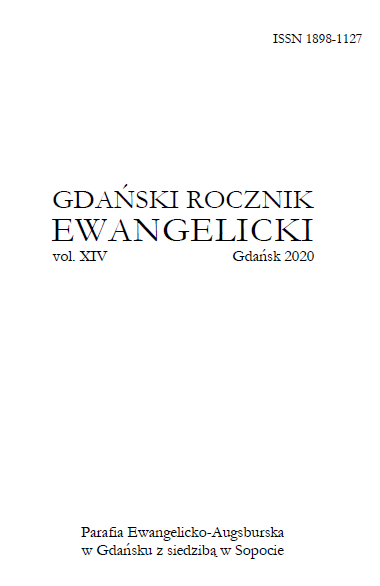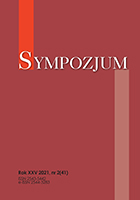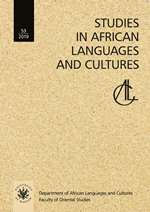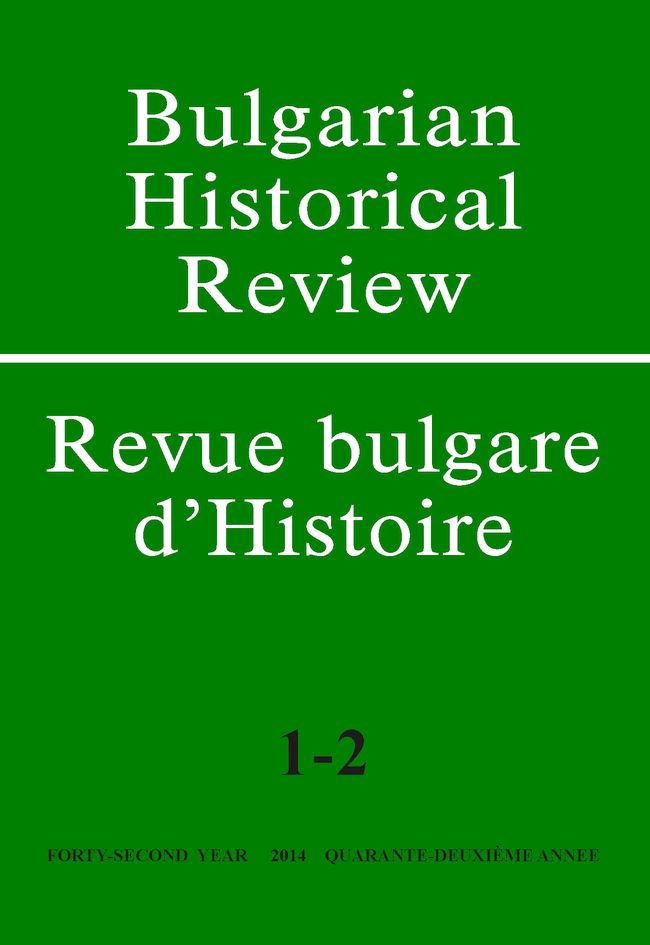
Educational and Publishing Activity in the Ressurectionist Uniate Center in Edirne (Former Adrianople), 1863–1914
Members of the Congregation of Resurrection of our Lord Jesus Christ have been active in Edirne (f. Adrianople) for more than a half of the century, during which period they have used a variety of tactics to increase the number of Bulgarians recognizing religious sovereignty of Rome. Depending of the means chosen by the missionaries there were three main approaches leading towards that goal: religious propaganda, educational and informative way. Manuscripts and publications played essential part of pro-uniate activity in all three of those tactics. The authors, translators and often publishers of those documents were members of the mission (the printing house was established at the end of 1870's as a result of the efforts of the superior Tomasz Brzeski.
More...
